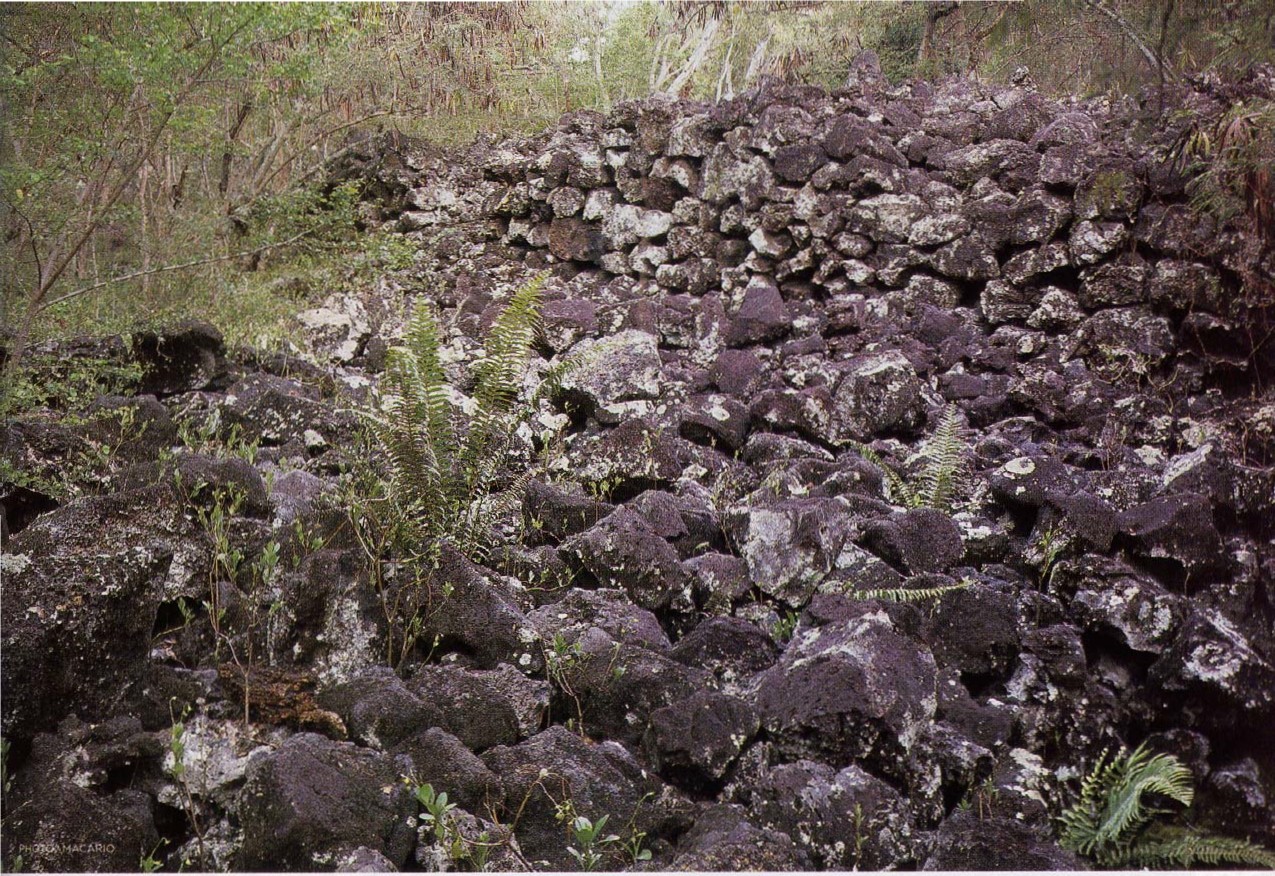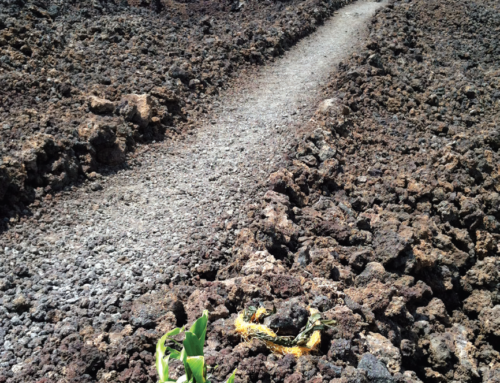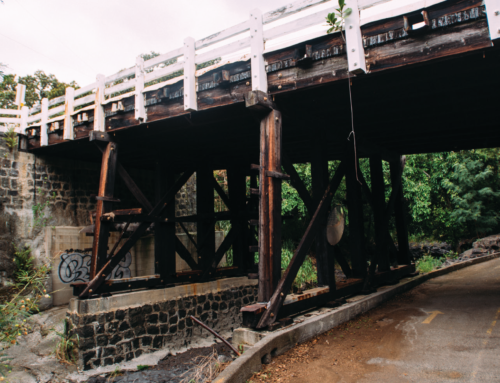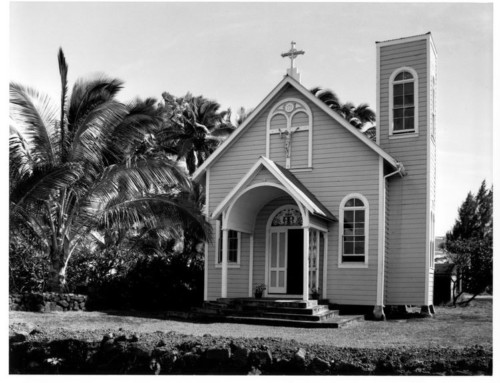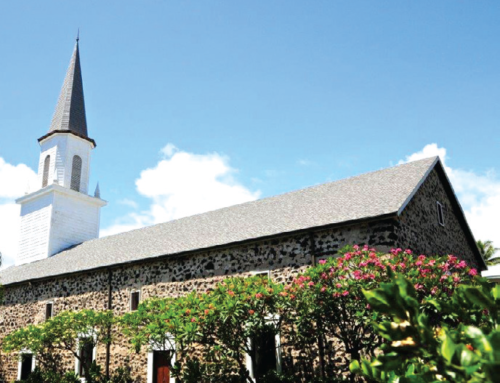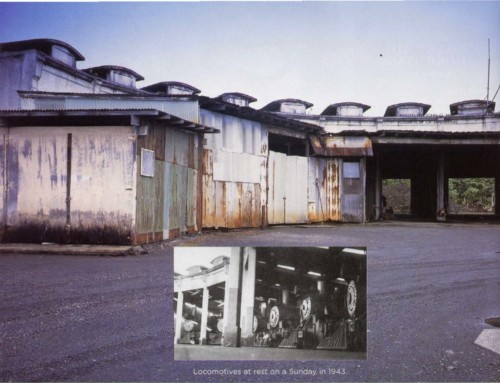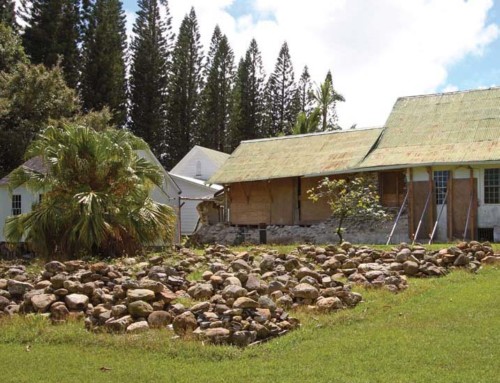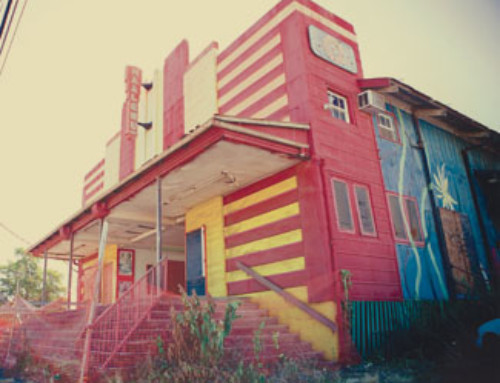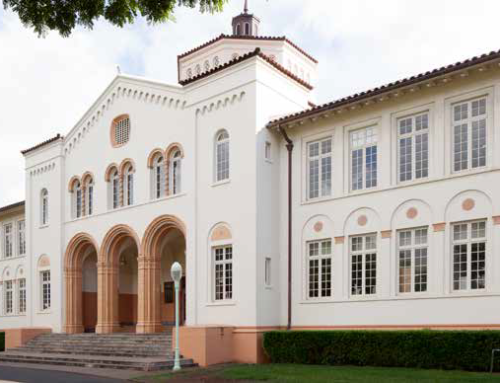Photos: Courtesy of Macario
UPDATE: December 2011
According to Holly McEldowney of State Parks Division, before improvements or major management efforts can begin, the division of state parks needs to amend its master plan and environmental impact statement to include these parcels. This is dependent upon state funding. In the meantime, Keakealaniwahine sustained damaged during the 2006 earthquake, while the 2010 tsunami ruined shoreline features at Keolonahihi.
LISTED AS ENDANGERED IN 2005
Article Written By: A. Kam Napier, HONOLULU Magazine
What is it?
This complex features at least 29 known archaeological sites over more than 16 acres, including heiau, platform foundations and, most impressively, the remaining 10-foot high walls of chiefess Keakealaniwahine’s home, dating back to about 1650. Only two women are known to have ever ruled the Big Island, Keakealaniwahine and her mother, Keakamahana. It was quite a family: Keakealaniwahine was also the great-great-grandmother of Kamehameha I.
What threatens it?
First Hawaiian Creditcorp acquired the complex though a foreclosure and donated it to the state in 1998. The state Department of Land and Natural Resources has reported that the complex suffers from natural and manmade deterioration and lacks comprehensive monitoring, restoration or interpretation. The site is also threatened by surrounding development. To date, none of these threats have been countered.
What can be done?
Some of this is about to change, says Martha Yent, state parks interpretive program supervisor. Keakealaniwahine and the nearby Keolonahihi State Historical Park have since been placed on the Hawai’i Register of Historic Places as the Holualoa Archaeological District. DLNR recently received $1.2 million in state and federal money to purchase a piece of private property between Keakealaniwahine and Ali’i Drive.
“A lot of the Hawaiian community have asked us to minimize traffic through the site and using this neighboring property for interpretation is one way to do that,” says Yent.
Next, the division of state parks would resurrect dormant plans to combine Keakealaniwahine and Keolonahihi into a single park, updating its master plan and environmental impact statements. “But we have no money to do that now,” says Yent.
Meanwhile, the state is working with a Hawaiian community group to clear brush from the site. Should the state be unable to staff Keakealaniwahine as a fully developed historic park, Yent says the state would be open to working with community groups willing to take on the work.


